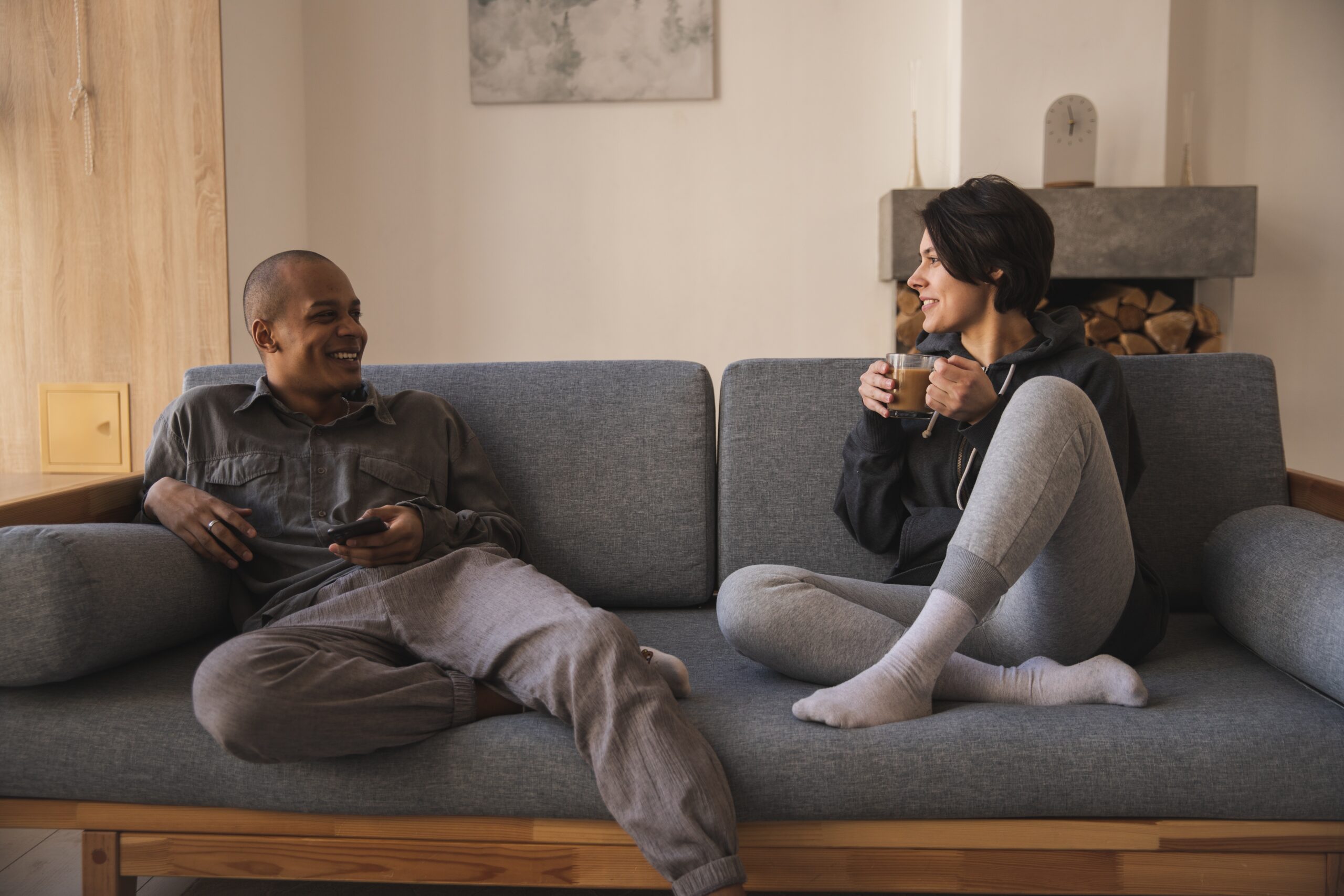
08 May How to actively listen to your partner
In relationships, communication is essential. One interesting study has shown that, over the course of a year, couples who claimed to have a positive communication style also reported more satisfaction within the relationship. The opposite is also true – the worse your communication is, the more dissatisfaction you feel in your relationship.
The consequence of poor communication can be:
- More arguments and conflict
- Higher risk of separation or divorce
- Higher risk of affairs or infidelity
- Less satisfying intimacy
- Less laughter and joy
Conversely, when you actively engage in proper communication with your partner, you might experience:
- Fewer conflicts
- A stronger bond
- Higher sexual satisfaction
- A renewed interest in yourself and others
- More fun, laughter and joy
What is active listening?
Sometimes, when we listen, we don’t really listen. We might hear the information that is being given to us, but not really digest it and discover its true meaning. This is where active listening comes in, and if you put it into place, your communication will naturally improve.
Paraphrasing
The first step is something called paraphrasing. This is where you repeat back the information in your own words, to ensure you have properly understood what is being said. So often, information is misinterpreted at this stage, which leads to conflict.
So, when your partner speaks, simply say “What I understand from that is that you feel X, and want to do Y, because of Z”. They will either say, “yes, that’s correct”, or they will clarify the statement further if you haven’t properly understood it.
Already, you are communicating better.
Body language
Active listening is also about body language. What is your partner’s body telling you that their mouth isn’t? For example, they might say they are fine, but also might be sat in a very guarded, defensive way, and looking in the other direction – noticeably not fine! In these instances, you can listen to their body and gently challenge what has been said. For example “I notice you’ve said you’re fine, but you don’t seem fine by your body language, would you like to talk more about that?”
Simple, isn’t it?
Empathy
Finally, active listening is accepting the person’s experience. And if you can, empathising with it. This is the most challenging part, because it means listening without judgement or interruption.
Ensure your partner has finished their statement in full. Do not interrupt them or line up a response in your head. Instead, accept their experience in full and acknowledge it after. Paraphrase their statement in a non-judgemental way. And, show some empathy for their position. For example, “I can hear from what you’re saying that this has been difficult for you, and I can definitely see why that is. Thank you for sharing your experience with me”.
This straightforward active listening task can dramatically improve your relationship and help your partner feel heard and loved.
How and where to practise active listening
Sometimes, your busy home isn’t the best place to try this activity. You could instead take a break from everyday life and go on a couples retreat or package holiday for couples. You could even try couples therapy while away on your spa vacation, so that you can dig deep and truly listen to your partner again. Interested in learning more? Head over to our destination page.
